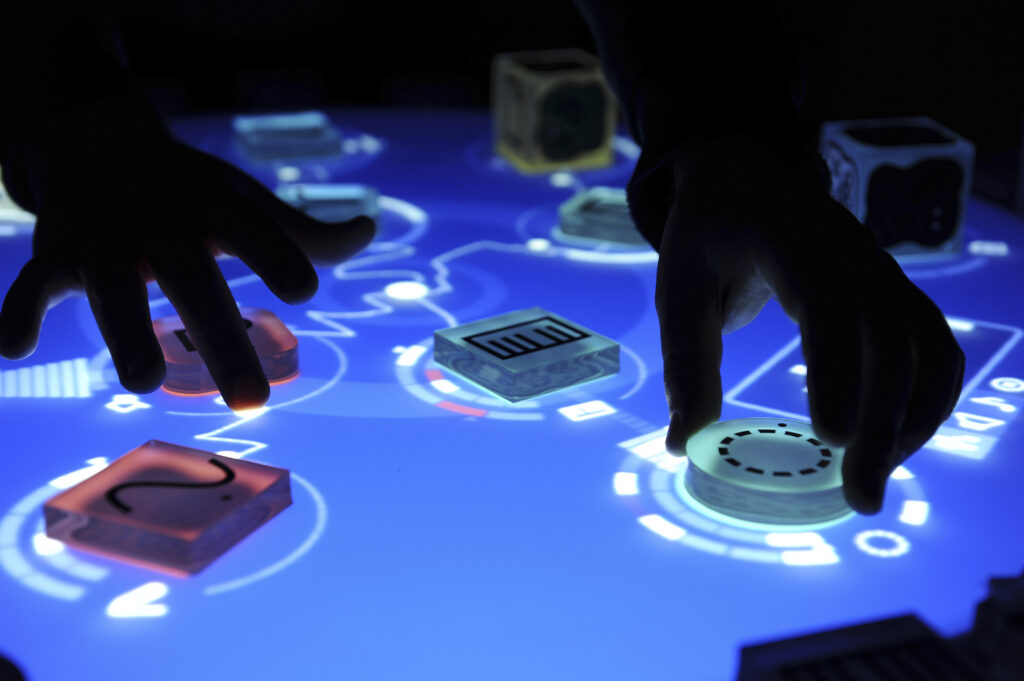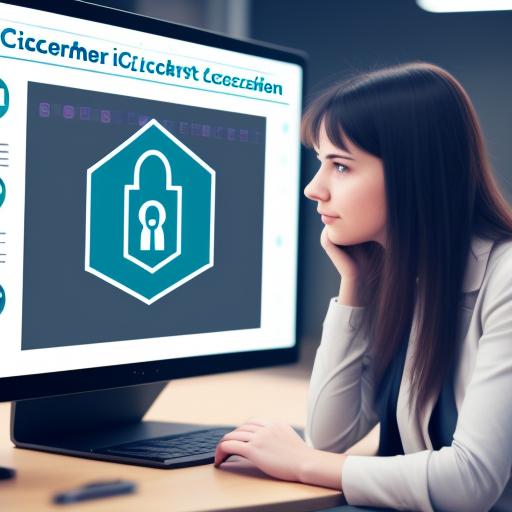In today’s rapidly evolving technological landscape, design craft technology stands at the forefront, merging the meticulous artistry of traditional design with cutting-edge technological advancements. This synergy not only enhances aesthetic appeal but also boosts functionality, efficiency, and user experience across various industries. From product design to architecture, and digital interfaces, the fusion of design and technology is reshaping our world in unprecedented ways.
The Evolution of Design Craft Technology
Historical Perspectives: From Handcraft to Digital Craft
Design craft has its roots deeply embedded in history, evolving from the intricate handiwork of ancient artisans to the sophisticated digital craftsmanship of the modern era. Historically, craftsmanship was synonymous with manual skill, precision, and a deep understanding of materials. Artisans like blacksmiths, carpenters, and weavers exemplified this craft, creating objects that were both functional and beautiful.
With the advent of the Industrial Revolution, mass production started to overshadow traditional craftsmanship. However, the essence of design craft found new life in the digital age. Computer-aided design (CAD) and 3D printing technologies have revolutionized the field, allowing for unprecedented precision and creativity. These advancements enable designers to experiment with complex forms and materials, pushing the boundaries of what is possible.
Modern Innovations: Bridging Design and Technology
In the modern context, design craft technology encompasses a broad spectrum of practices that integrate traditional design principles with advanced technological tools. The advent of virtual reality (VR), augmented reality (AR), and artificial intelligence (AI) has opened up new avenues for designers, allowing them to create immersive and interactive experiences.
For instance, VR and AR technologies are being used in architecture and interior design to create realistic simulations of spaces before they are built. This not only helps in visualizing the final product but also in identifying potential issues early in the design process. AI-powered design tools are also becoming increasingly popular, aiding designers in generating innovative solutions and optimizing their workflows.
Applications of Design Craft Technology
Product Design: Enhancing Usability and Aesthetics
One of the most prominent applications of design craft technology is in product design. The integration of technology with traditional design principles allows for the creation of products that are not only visually appealing but also highly functional. Smart devices, for instance, are a testament to this fusion, combining sleek design with advanced technology to enhance user experience.
3D printing has particularly revolutionized product design, enabling rapid prototyping and customization. Designers can now create intricate models and test their functionality before mass production. This not only speeds up the development process but also reduces costs and waste.
Architecture and Interior Design: Transforming Spaces
In the realm of architecture and interior design, design craft technology is transforming how spaces are conceived and realized. Building Information Modeling (BIM) and parametric design are two key innovations driving this transformation. BIM allows architects to create detailed digital representations of buildings, incorporating information on materials, structural elements, and systems. This holistic approach ensures better coordination and efficiency in the construction process.
Parametric design, on the other hand, uses algorithms to generate complex forms and structures that would be impossible to achieve through traditional methods. This approach allows for greater flexibility and innovation in architectural design, resulting in more dynamic and responsive buildings.
Digital Interfaces: Creating Engaging User Experiences
The impact of design craft technology is also evident in the creation of digital interfaces. User experience (UX) and user interface (UI) design are critical components of digital product development, ensuring that applications and websites are not only functional but also intuitive and engaging. Responsive design techniques, powered by advancements in technology, allow for seamless user experiences across different devices and platforms.
Motion graphics and interactive elements are increasingly being used to enhance the visual appeal and usability of digital interfaces. These elements can guide users, provide feedback, and create a more immersive experience, making technology more accessible and enjoyable.

The Future of Design Craft Technology
Sustainability and Ethical Considerations
As we look to the future, sustainability and ethical considerations are becoming increasingly important in the realm of design craft technology. The environmental impact of materials and production processes is a growing concern, prompting designers to explore eco-friendly alternatives. Biodegradable materials, recyclable components, and energy-efficient designs are gaining traction as industries strive to reduce their ecological footprint.
Integration of AI and Machine Learning
The integration of AI and machine learning is set to further revolutionize design craft technology. These technologies can analyze vast amounts of data to identify patterns and insights, enabling designers to create more personalized and efficient solutions. Predictive design is an emerging concept where AI anticipates user needs and preferences, resulting in highly customized products and experiences.
Human-Centered Design
Despite the rapid technological advancements, the core principle of human-centered design remains paramount. The ultimate goal of design craft technology is to enhance the human experience. This involves understanding user needs, behaviors, and contexts to create solutions that are not only innovative but also meaningful and accessible.
Conclusion
The convergence of design and technology is driving a new era of innovation, where aesthetics and functionality go hand in hand. From product design to architecture, and digital interfaces, the applications of design craft technology are vast and varied, transforming how we interact with the world around us. As we continue to push the boundaries of what is possible, sustainability, ethical considerations, and human-centered design will guide us toward a future that is not only technologically advanced but also socially responsible and environmentally sustainable.



